Service Bulletins are a powerful tool to help diagnose today’s complex vehicles, but they have to be utilized at the correct time.
Beep, Beep, Beep. The alarm sounds and you jump out of bed. A quick cup of coffee and you’re out the door. You get to work a few minutes before the shop opens and start preparing for the day, putting away hand tools and finishing up some notes from yesterday’s vehicles. One of the service writers walks by with a devilish grin.
“I’ve got a good one for you,†he says with dripping sarcasm.
With apprehension, you take a look at your new work orders. A 2017 Nissan Titan with a flashing air bag light is first up. You grab the keys from the board and dive in. A diagnostic scan shows no faults in the SRS module or any other modules. All the data PIDs appear normal. After trying a hard reset by holding the battery cables together, the light is still flashing. You are at a loss of what to do next.
“Have you checked for TSBs?†a fellow technician asks after seeing the perplexed looked on your face.
“No, not yet,†you reply, realizing the misstep.
We have all been in this position at one time or another. Had we leveraged the information that a Technical Service Bulletin (TSB) can provide earlier in a diagnosis, we could have saved ourselves a lot of time, headaches, and potentially even comebacks.
In the case of the above Nissan Titan, Technical Bulletin NTB18-080 offers the solution to the flashing warning light. When the SRS light is flashing at a 2-second interval, it indicates that the air bag module is in Diagnostic Mode and needs to be returned to User Mode. Returning the module to User Mode requires a series of precisely-timed key cycles outlined in the bulletin. Searching for TSBs at the beginning of this diagnosis instead of the end would have saved valuable time.
Vehicle problems can usually be broadly categorized into three groups. The first is failures that can happen to any type of vehicle, like a dead battery or worn out ball joint. The second group includes pattern failures that are specific to a certain make or model due to component integrity or a design issue. The final group is a ‘one off’ fault present on a vehicle due to rodent damage or after a collision.
TSBs are an excellent resource when dealing with pattern failures. These types of problems are commonly investigated and resolved by the manufacturer. This article will provide some history and context to service bulletins and will ‘round-up’ useful TSBs that cover a wide range of issues on Nissan vehicles.
Recalls and Campaigns and Bulletins. Oh my!
Safety Recalls, Technical Bulletins and Service Campaigns are terms that are used quite often. So what are the differences among the three?
A Safety Recall is issued when a defect has been identified and deemed to pose a significant safety threat to the driver of a vehicle and/or other vehicles on the road. The National Highway Traffic Safety Administration, or NHTSA, is the regulatory board in charge of Safety Recalls. A vehicle with an open Safety Recall needs to be referred back to the dealership no matter the mileage or age. Many of the details of how recalls are implemented and regulated are outlined in the Transportation Recall Enhancement, Accountability, and Documentation Act. The TREAD Act was in direct response to the Firestone tire controversy of the early 2000s.
Service Campaigns are implemented when a manufacturer recalls a vehicle to address a specific problem that is not safety related. Campaigns are usually voluntary and may cover emissions related problems, premature part failures, or software issues. The repairs can be free of charge or may be performed at a lower rate than normal. Usually, there will be a mileage or time based limit to the campaign.
Independent repair shops need to identify whether a vehicle they are repairing is covered under a Safety Recall or Service Campaign, so a customer is not charged for work that should have been done at no charge by the dealership. The NHTSA website nhtsa.gov has a VIN search option that will quickly show any open Safety Recalls on a specific vehicle. The best practice is to check every vehicle that comes into the shop for open Safety Recalls and notify the vehicle’s owner.
TSBs are issued by a vehicle manufacturer to address issues that have been discovered on certain vehicle models. A bulletin can contain general information about a vehicle system or failure type. It may also be very specific, and can include revised removal procedures or the part number for an updated component. Often TSBs reference a particular fault code or driveability concern. Regardless of the information contained in a TSB, the goal is to ensure that a vehicle is diagnosed and repaired correctly the first time.
The Life Cycle of a TSB
TSBs are created following a chain of events and a chain of command. The typical life cycle of a TSB would be as follows. An issue is identified by dealer technicians, engineers, or through customer feedback. Technicians submit reports which are forwarded to field engineers employed by the manufacturer. Failed parts may be saved, and the dealer parts department can document and forward the parts to the manufacturer for further testing. Field engineers send their reports on to quality engineers, who research and perform testing of their own. The goal of all of these efforts is a remedy; a remedy that may include the release of a service bulletin.
There are other scenarios that could result in the generation of a service bulletin. These may include the aftermarket or independent technicians — specifically diagnosticians who experience module programming and software issues that dealership technicians would not typically encounter.
Service Bulletins often undergo multiple updates or amendments as new information is discovered about an issue, or to include the latest models and model years. These updates are indicated by the final letter in the bulletin Reference Number. For example, a bulletin ending in the letter ‘J’ would be on its tenth amendment. Nissan includes an Amendment History on the final page of most bulletins. Always refer to the newest version of a TSB for the most up to date information. A TSB may reach the end of its useful life and become obsolete in some cases.
History
Service Bulletins are nothing new, having been used for over 40 years now. Originally, bulletins were distributed to dealerships in paper copies or on microfiche. In many cases the aftermarket did not gain access to these bulletins in a timely manner.
With all of the modern technologies available today, TSBs are quickly disseminated throughout dealerships and to independent repair shops. While aftermarket service information distributors do a fine job of staying up to date, the most current list of TSBs will be found at Nissan-techinfo.com. The site offers several affordable subscription plans and a page devoted solely to Technical Service Bulletins. The TSB page has a ‘What’s New’ tab and a search function to quickly find the needed information. Many Nissan bulletins also cover an Infiniti counterpart for vehicles that share powertrain components or body platforms.
2014 Rogue Select (NTB15-113a)
The first service bulletin example revolves around a 2014 Rogue Select that would lose power on long distance drives. The owner of the vehicle reported that, after about one and a half to two hours of driving, the vehicle would ‘tap out’ and not go past 55 mph. He could hold the pedal all the way to the floor but the vehicle would not go any faster. He also reported that no warning lights were on other than the TPMS light.
A full system scan was performed with the CONSULT III. The only faults reported were low tire pressure codes in the Body Control Module. Next, a brief road test was completed and the vehicle operated normally with all the power one would expect the 2.5 liter QR25DE engine to have.
A review of service information for any related Technical Bulletins registered a hit; bulletin NTB15-113a entitled Low Power/Stop Lamps Stay On. The TSB seemed to fit the owner’s concern of intermittent low power when accelerating, and it was not practical to test drive the SUV for two hours to try and verify the concern. There was no complaint of the brake lights staying on, but the bulletin uses ‘and/or’ to show that the conditions are not mutually exclusive.
The bulletin outlines recommendations for deleting the brake lamp relay, bypassing the relay circuit, and installing an updated stop lamp switch (part number 25320-AX10A). The repairs described in the TSB were carried out on the Rogue and the vehicle was taken on several extended road tests with no issues surfacing.
There was also a second bulletin addressing low power concerns on this crossover SUV; NTB14-107 Diagnosis of Poor Acceleration or Lack of Power. This parallel TSB is important to highlight because it affects any Nissan (or Infiniti) vehicle with an electronically controlled throttle body.
Both of the service bulletins for this Rogue are in reference to a brake override strategy that is part of the engine control module software. This strategy is a safety feature that was implemented by Nissan and many other auto manufacturers in response to reports of ‘unintended acceleration.’
When there is an accelerator pedal position sensor input at the same time as a brake switch input, the ECM restricts the throttle blade opening, resulting in diminished power. Any accidental brake switch input can cause this situation to occur. In the case of the 2014 Rogue, an intermittently sticking brake lamp relay was the culprit. Other causes could be the driver resting a foot on the brake pedal, brake light switch, faulty wiring, or even a brake light bulb. On trucks and SUVs equipped for towing, trailer wiring issues could also trigger the override strategy. Typically, there will not be any fault codes associated with these low power concerns because the engine controller is working as it was designed to.
Occupant Detection Sensor DTC B00A0-00 (NTB19-071)
Our next TSB also involves a flashing SRS light, but in this case there is a fault code associated with the light. NTB19-071 covers more than 25 different models with a year range of 2009—2020.
Due to the wide range of models and years this bulletin covers, symptoms may present differently on some vehicles. For example, there are field reports that the 2013 Pathfinders do not log the B00A0 fault, they only flash the SRS light. The bulletin itself is thirteen detailed pages providing step by step instructions to reprogram the occupant detection sensor unit and clear the fault code.
The reprogramming is done through a special order OBD cable and software. The ODS Analysis Tool Software is a function of the Automotive Service Information Support (ASIST) Terminal, and works in conjunction with the Consult III scan tool. The ODS Analysis software is available through Nissan’s Techinfo website, and the J-51594 reprogramming cable can be purchased at NissanTechMate.com.
2018 Rogue SV Power Back Door (NTB12-110d)
A 2018 Rogue was brought into the shop with the back hatch acting erratically. The rear power door would only open part way and then close again on its own. An initial scan revealed two history faults in the Auto Back Door module.
After verifying the problem and researching the code descriptions, it was time to check for any applicable TSBs. Lo and behold, there was a bulletin covering this exact issue.
The bulletin and fault code troubleshooting recommend performing the Power Back Door Calibration procedure first before any further testing. The calibration can be undone in a variety of ways, including an object being inadvertently shut in the rear hatch, or the back door getting forced open further than its normal range of travel. The calibration is a straightforward scan tool function, and is accessed through the Work Support tab of the Auto Back Door Module in Consult III. Some aftermarket scan tools may also be able to perform this calibration.
Once the calibration was performed and the fault codes were cleared, this Rogue was back on the road, at least until the next bag of groceries gets trapped in the rear door!
Wiring Harness Repair (NTB14-032C & NTB03-078)
Wire harness and connector repairs can present many difficulties. Finding the correct parts can be time consuming and tedious, and the repairs are often challenging, especially in hard to access areas of a vehicle.
Nissan has released several technical bulletins dealing with wire harness repairs and locating the correct connector or terminal. These bulletins include NTB14-032C, which outlines how to determine if a harness or connector should be repaired or replaced, and NTB03-078 describing the recommended repair method of using a flameless heat gun and solder sleeve connectors. According to Nissan and Infiniti position statements, SRS wiring harnesses can NOT be repaired, spliced, or modified. If an SRS harness is damaged, it must be replaced. This also holds true for high voltage circuits on hybrid and electric vehicles.
The Nissan TechMate website has a page devoted solely to harness repair. The J-48817 Harness Repair Kit, or HRK, is available from this web page along with the HRK User Guide. The User Guide is a prodigious reference document that has connector and terminal part numbers, terminal removal tools, short animated videos showing connector disassembly procedures, and shopping cart links for each connector type embedded in the file. The page also has a list of spread terminal gauges used for pin drag testing on connectors. There is a corresponding mobile app tilted ‘HKR Nissan’ which looks very promising, but has limited functionality at this time.
Service Bulletins are a powerful tool to help diagnose today’s complex vehicles, but they have to be utilized at the correct time. The fulcrum point of a TSB is just after verifying the owner’s concern and before testing begins. Bulletins lose their time-saving benefits if they are used in the latter part of the diagnostic process.

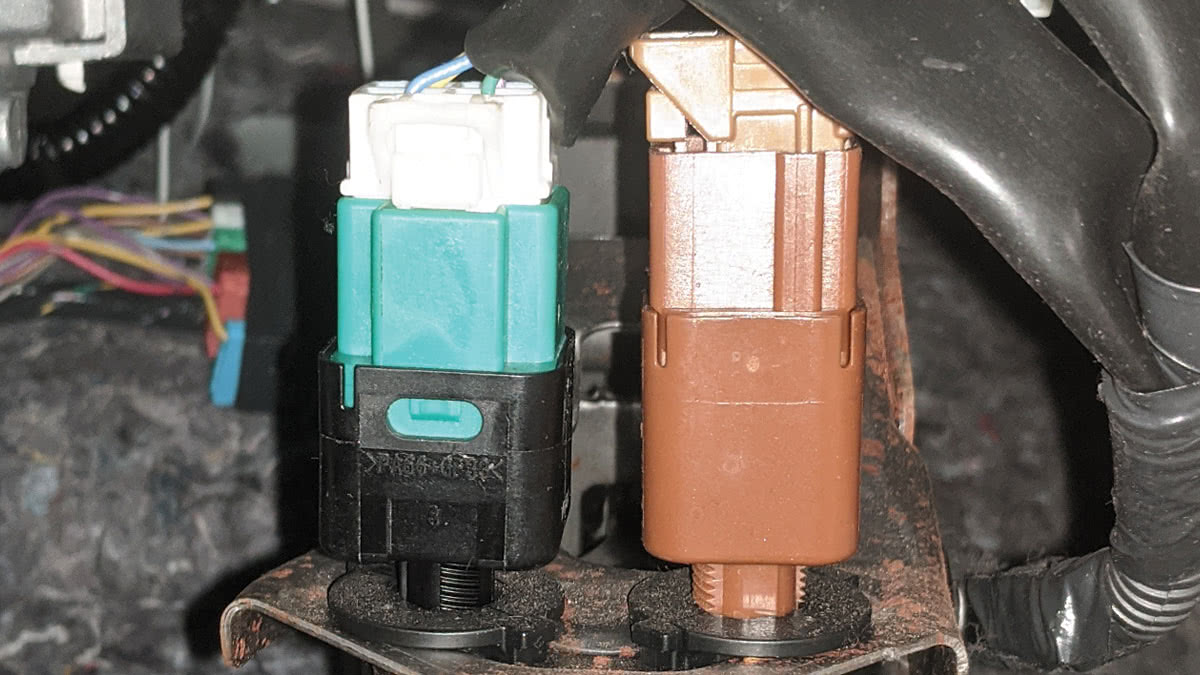
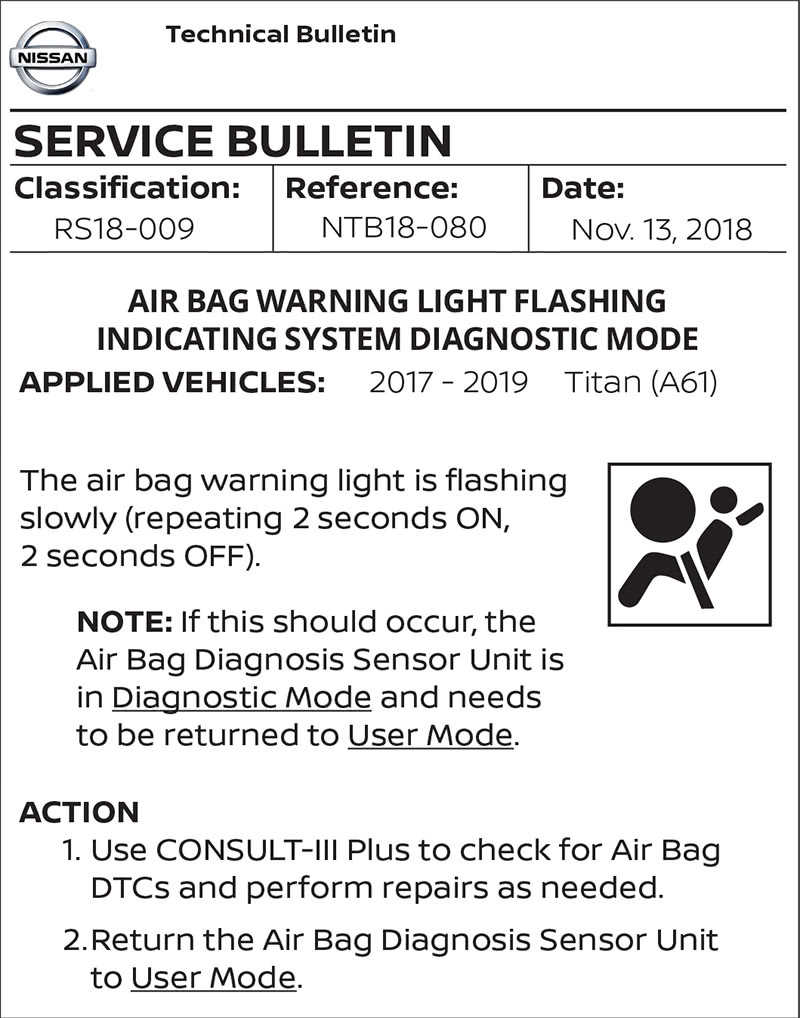
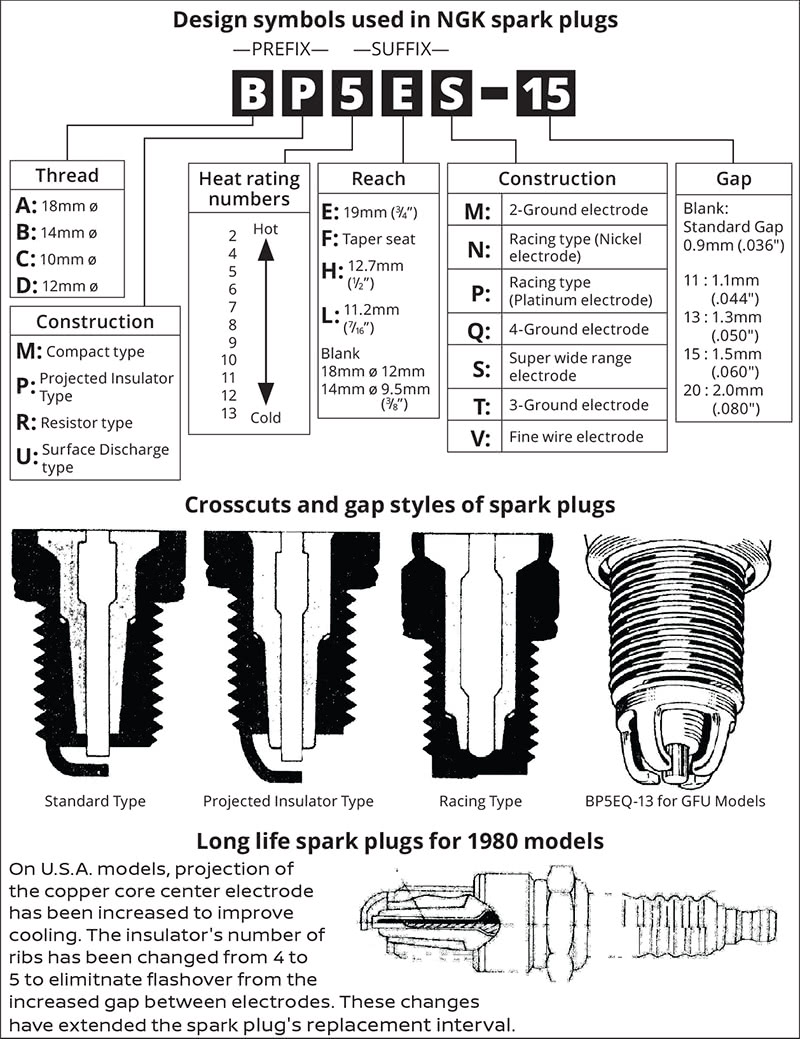

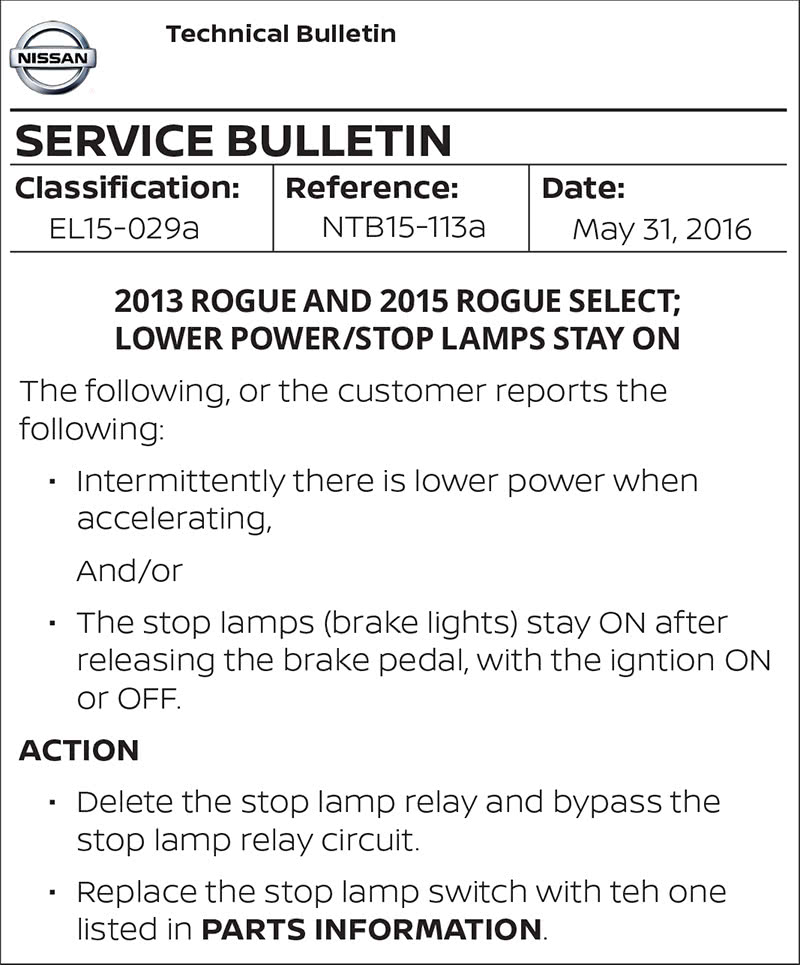
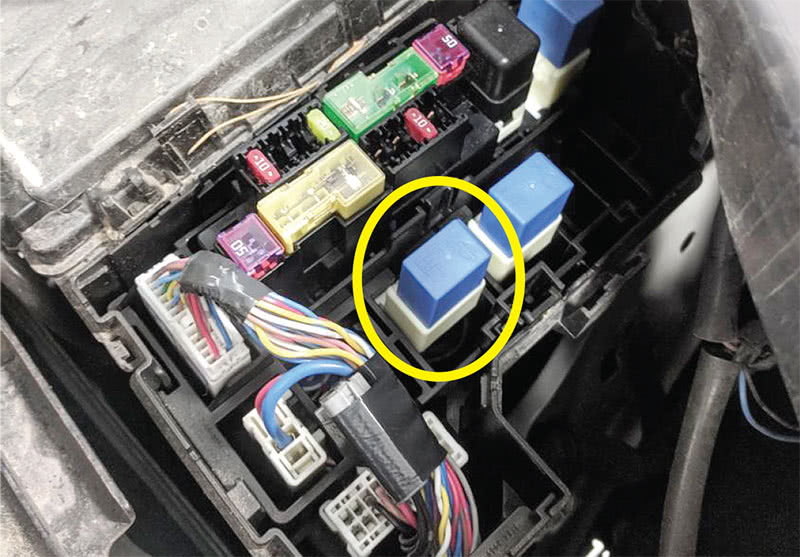

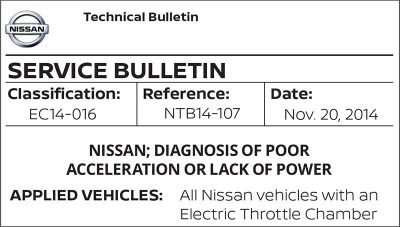
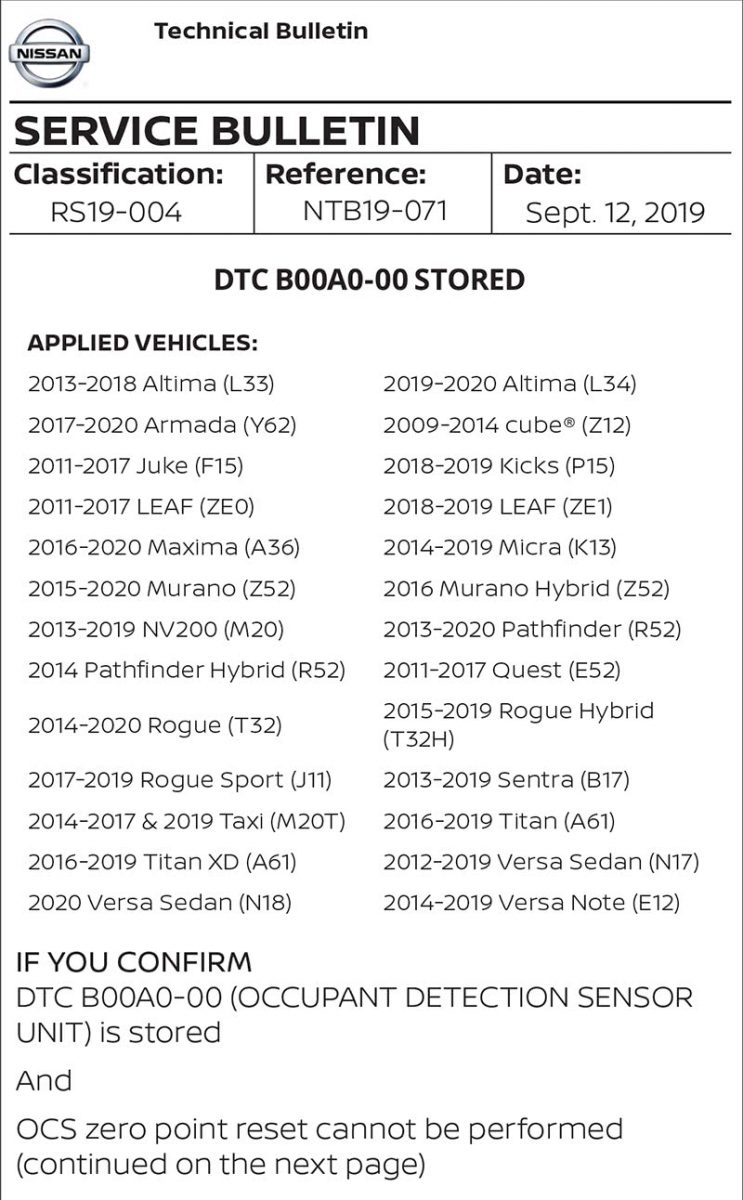
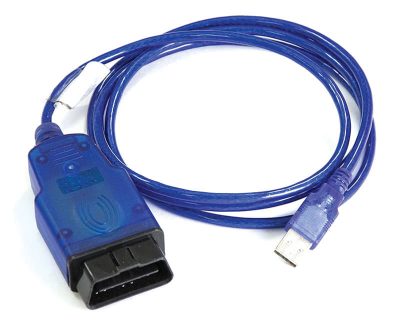
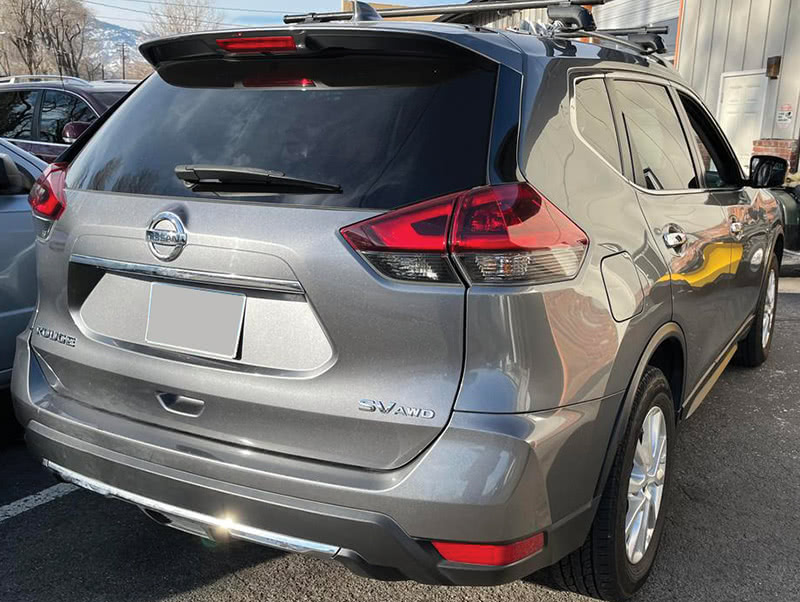


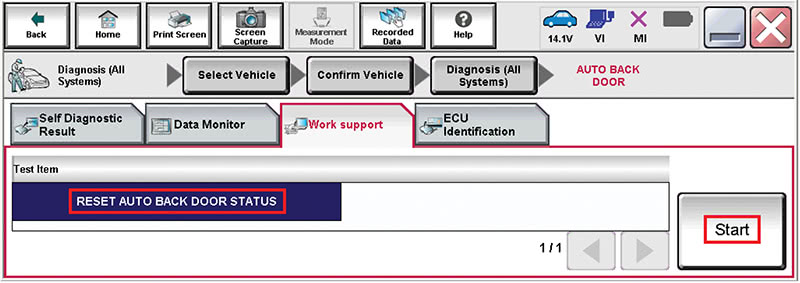
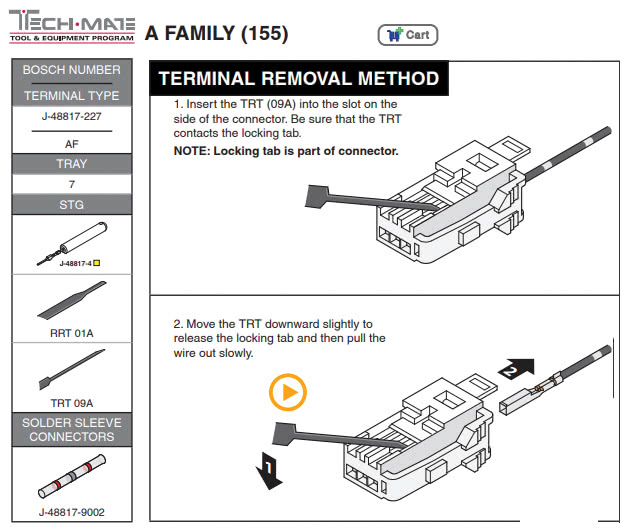




0 Comments